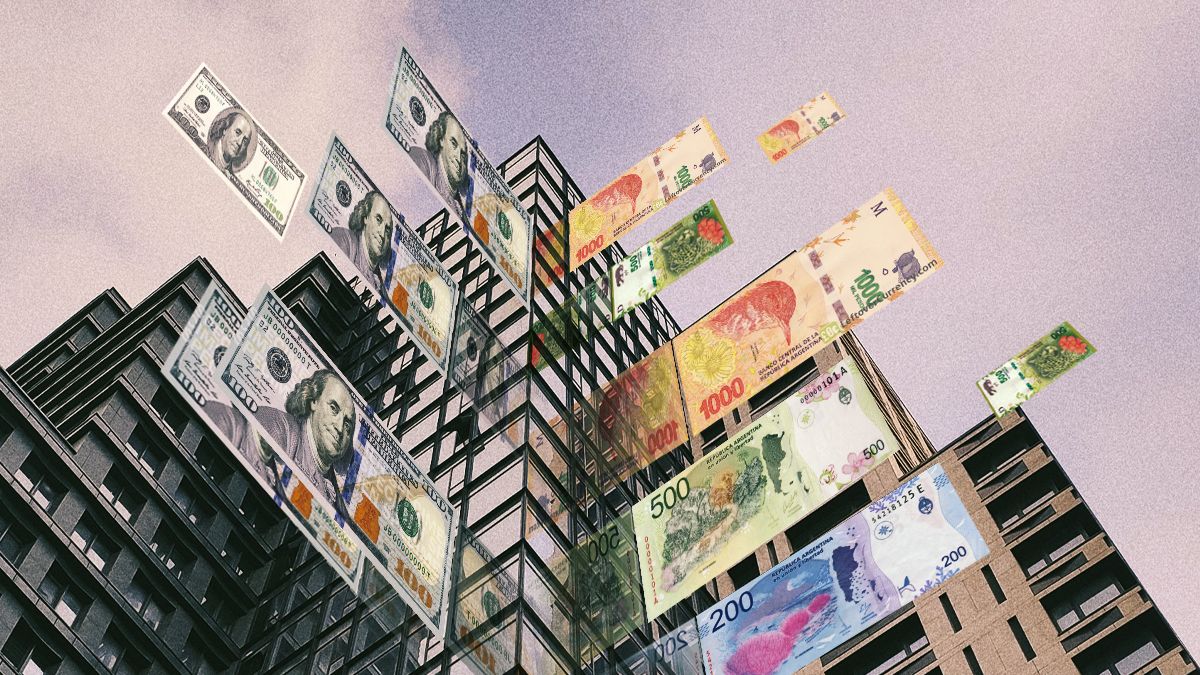transiting a election yearwhere the main political forces are still disputing their internal ones, and with all the challenges of economic imbalances on their backs, it is that the challenges to manage them are enhanced and this accentuates the climate of uncertainty.
Within the different strategies developed, through successive plans perceived as “holding out” during this period, concern is raised by the growing fiscal deficit and the necessary local debt financing, which has recently been lowering the level of “roll-over” despite of the highest validated rates.
It happens that in the event of resulting in greater monetary financing, it is recognized that the high inflationary pressures could even accelerate more, which would be unstable – and dangerous – with speeds already at levels of 100% per year.
This situation could trigger a drop in the demand for money, which added to the ongoing monetary expansion would only add exchange rate coverage, precisely on a front where the declining net reserves have reached critical levels to meet the demand for foreign currency – especially imports so as not to further affect the level of activity – and thus run the risk of applying more restrictions.
Hence the expectation that new incentives arouse in the field for the liquidation of their harvest, this time possibly through a ¨agro dollar¨which would include not only the soybean key but also the regional economies in search of adding more actors that add foreign currency within this complicated panorama.
Although it is recognized that said measure would only represent – like the previous versions – an advance of foreign exchange, it would still be perceived as a relief within the delicate current context. So, beyond not resolving the underlying exchange imbalance – accentuated by the severe drought – it could at least provide temporary relief to help calm the current tensions.
This is reflected in the renewed upward readjustment in financial – and free – dollars, which are already challenging $400, given that investors continue to focus on the search for coverage, which on the other hand is common in pre-election periods waiting for a clearer picture of the future.
Seeking to leave successive patches behind, the challenge for the next administration will be to emerge with enough political power to be able to immediately implement a comprehensive economic plan that aspires to recover the deteriorated confidence of economic agents, essential for said process. .
Only in this way would it be possible to simultaneously attack fiscal, monetary and exchange imbalances, always aspiring to a friendly world in the background, which is still uncertain given the growing risk of recession beyond the fact that the Fed – together with other Central Banks global – could leave behind their fight for inflation and thus start a more “dovish” strategy that includes lower rates.
In short, investors must be prepared to actively and pragmatically navigate this transition stage, which will surely require multiple and successive measures to reach the elections with as little tension as possible.
Economist
Source: Ambito
David William is a talented author who has made a name for himself in the world of writing. He is a professional author who writes on a wide range of topics, from general interest to opinion news. David is currently working as a writer at 24 hours worlds where he brings his unique perspective and in-depth research to his articles, making them both informative and engaging.




